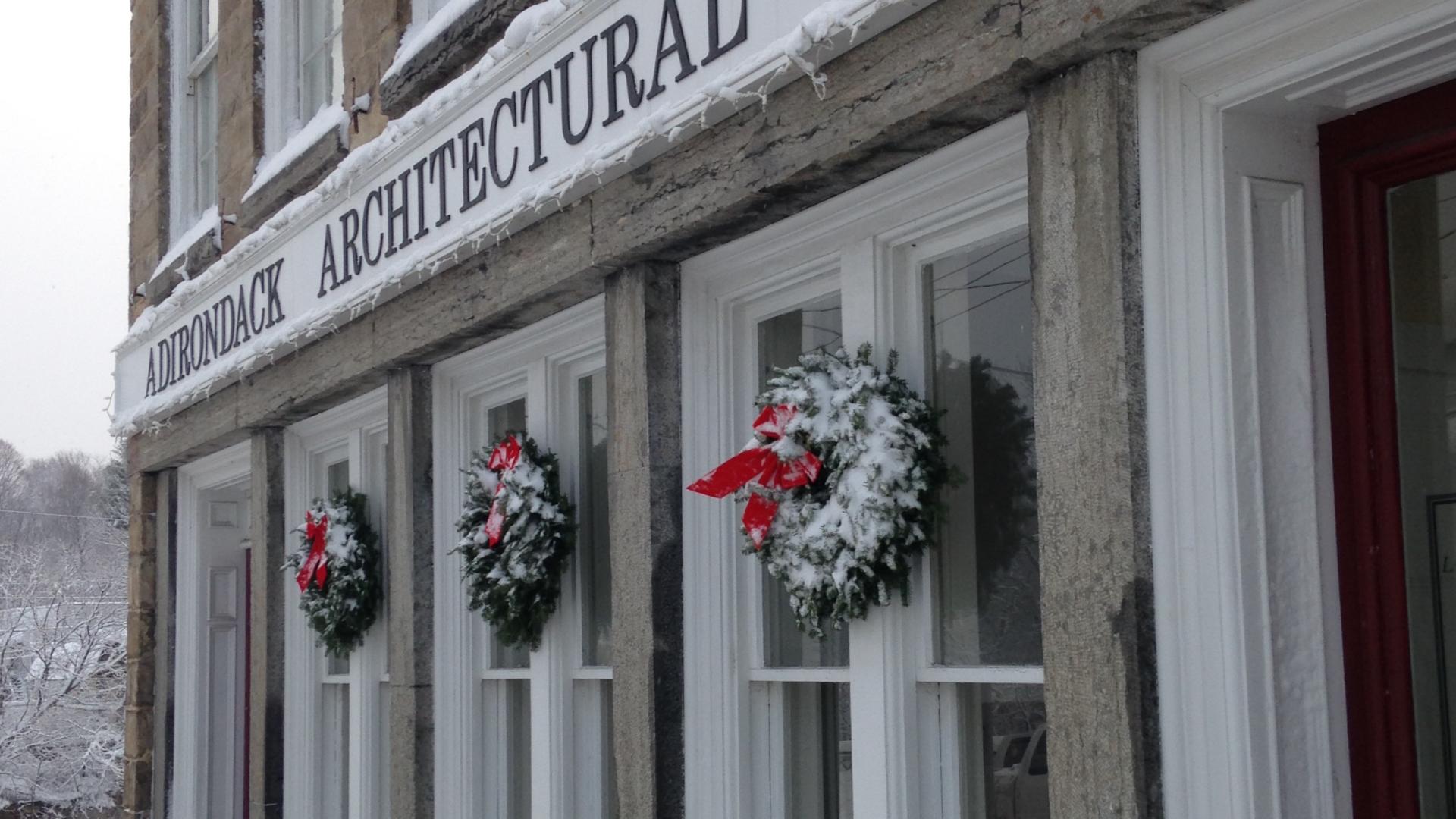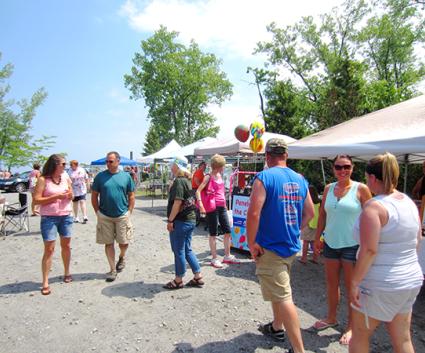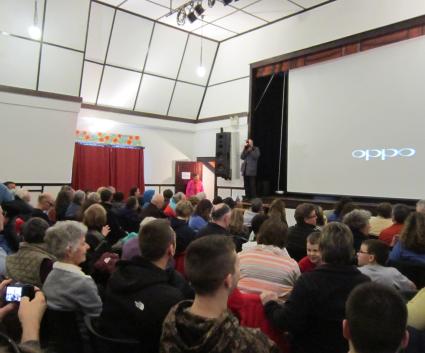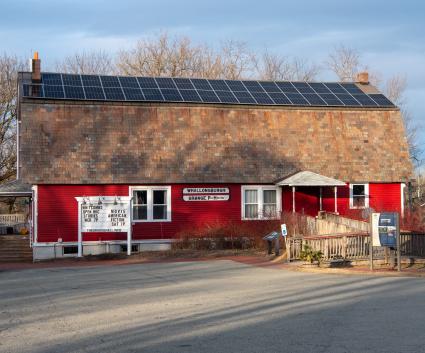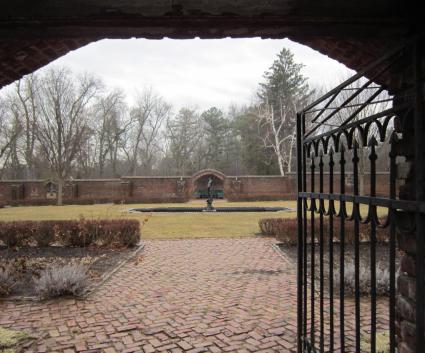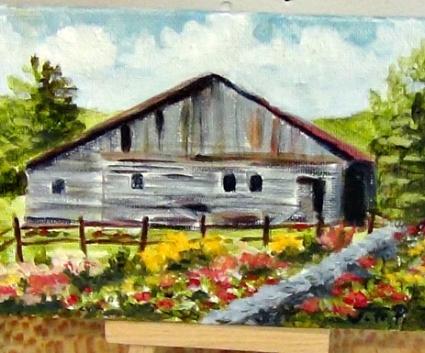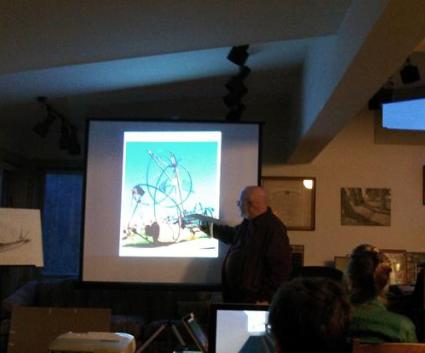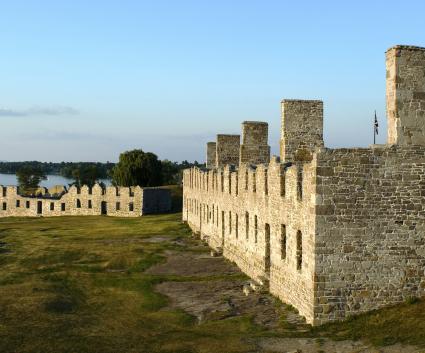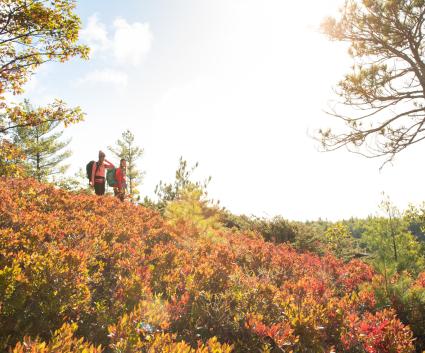Hooray for Diversity!
Wandering through the communities along the Adirondack Coast it is easy to be awed by the natural beauty. It happens all the time and it is one reason I love entertaining first-time visitors. They rave about the scenery. There is a great diversity and contrast: flat open water, rolling farm fields, heavily wooded areas, and of course the great sky line of the Adirondack Mountains. Views are never boring. Diversity adds interest and it doesn’t end with our natural elements or terrain. Take a closer look at the buildings that make up our towns and hamlets and you will definitely find diversity. The blend of architectural styles creates a unique display. It is a cultural element that gives our communities character and personality worth noting, as well as a distinctive Adirondack “style.”
Town Development
When one thinks about Adirondack Style with respect to building construction, often a rustic mountain lodge, or Great Camp springs to mind. At some of our remote wilderness locations the natural log and stone construction was born from necessity; the lumber yard and hardware store were not exactly down the block and getting there was tough! The Lake Champlain Region communities had distinct advantages while being constructed. Development on, or near, the lake offered less complicated access and transportation. This region matured to be a significant commercial route after the opening of the Champlain Canal and the development of the railroad winding along the lake shore. Capitalizing on the close proximity of local natural resources, particularly minerals, timber and water power from the many tributaries feeding the lake, communities first sprouted, then prospered and expanded. Along came dramatic social and economic changes resulting in demands for homes, schools, churches, commercial, agricultural and industrial buildings. A very wide spectrum of architecture and architectural styles began to pepper the region - particularly in the towns that flourished economically. We gain a better understanding and appreciation of our widely assorted architecture thanks to the work of Adirondack Architectural Heritage.
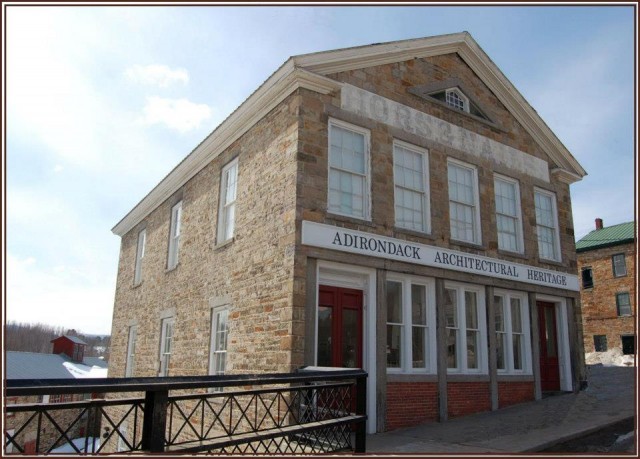
Protecting Our Heritage
AARCH is the nonprofit historic preservation organization for New York State’s entire Adirondack Park. Formed in 1990 the organization celebrates 25 years this year. Their mission is to promote better public understanding, appreciation, and stewardship of the Adirondacks’ unique and diverse architectural heritage. Because of their diligent work we are able to not only identify significant structures and man-made details throughout the Lake Champlain region, but will be able to enjoy and appreciate them for years to come. The scope of their work includes public and private buildings, bridges, railroad buildings, industrial sites and even lighthouses. AARCH has helped many structures, and even districts, gain National Historic Register recognition and benefit from that status. Their expertise and technical assistance also helps with building conservation problems, identifying sources of funding for preservation projects, doing historical research, and mediating preservation issues. They are an extremely valuable resource for anyone, or any entity, seeking to keep our historic structures alive.
The AARCH office is located at 1745 Main Street in Keeseville, in the historic Ausable Horse Nail Company’s factory office building which they have painstakingly seen through renovation. Their building also features The Clayton Family Gallery, a gallery that displays great artwork and exhibits regularly. The Clayton Family Gallery is open to visitors from 8:00 AM until 4:00 PM, Monday through Friday. Definitely a must see.
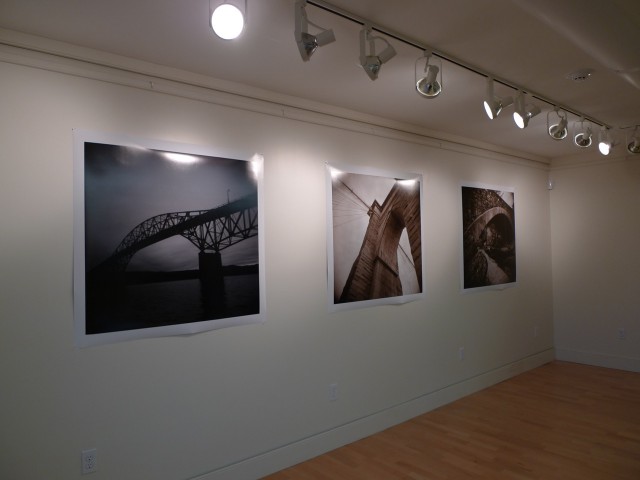
The Tours!
Another great opportunity available through AARCH are the tours! Every year numerous tours are offered throughout the region, the entire Adirondack Park, and often beyond. The guided tours are designed to provide a firsthand look at a wide variety of structures, locations, architectural types and styles. You have the opportunity to learn the history within, the personalities behind, and the “why” and “how” of so many Adirondack treasures. Each tour has been specially crafted and is guided by an expert on the pertinent tour features. Experts include archeologists, historians, landscape architects, artists, researchers, authors and more. No detail is overlooked. Some tours may last a few hours, some may include an overnight, but certainly there is one to appeal to all interests. Keep an eye on the events calendar this spring to see what will be offered in 2015. For offering examples peek at the AARCH website to read about the great tours that were offered last year.
AARCH has also put together a collection of self-guided walking tours throughout our region entitled Architecture of the Champlain Valley. These tours are “home base” for the Adirondack Coast. Each tour walks you around a Lake Champlain Region community, provides some of that community’s history, and highlights specific features that you won’t want to miss. Download and print out these guides from the AARCH website here. They will expand your experience when you visit.
Walking Tour Highlights
For now let me share some tidbits gathered from the walking tour guides and give you a few tempting highlights.
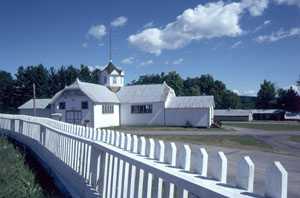
In Port Kent, about a block from the ferry dock, is the Elkannah Watson house. That house is a recommended must-see. Watson is known as the father of the American Agricultural Fair and the founder of our Essex County Fair that takes place every summer in Westport.
Keeseville has a wealth of history and can boast 125 designated National Historic Register buildings. The village is also the location of three historic and unique bridges: a pedestrian suspension bridge, a prefabricated metal truss bridge ,and the Stone Arch Bridge. All three are designated National Historic Civil Engineering Landmarks.
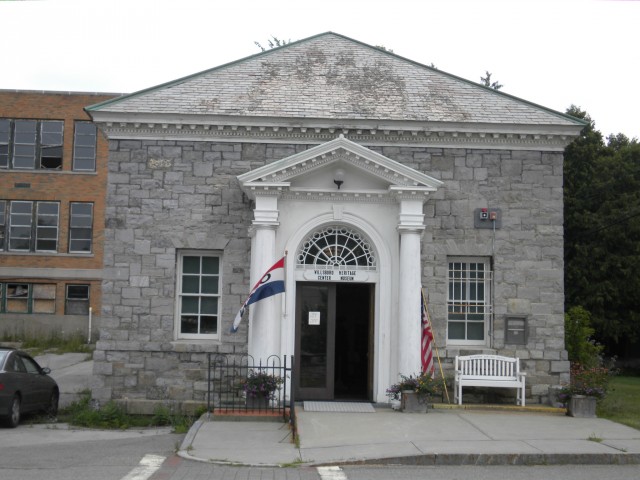
Excellent examples of Neoclassical style architecture can be found in Willsboro at the former Champlain National Bank (now the home of the Willsboro Heritage Society) and at the Paine Memorial Library.
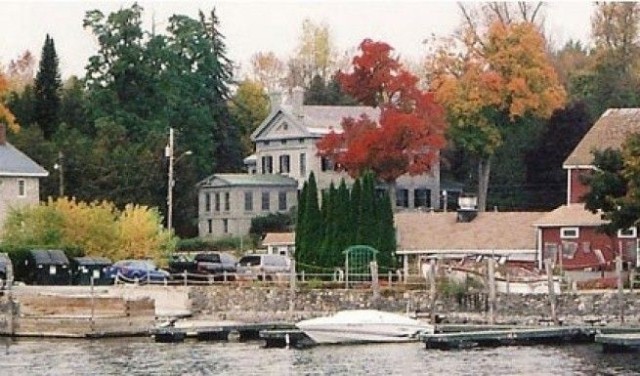
The entire hamlet of picturesque Essex, a former shipbuilding port, is on the National Historic Register. Many of the stone structures were created from local limestone known as “graystone.”
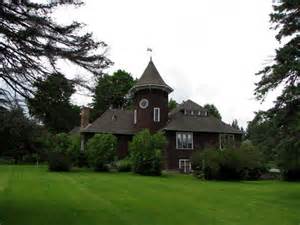
The Westport Library, built in 1887, is a prime example of the asymmetrical Shingle Style architecture.
The Hand/Hale National Historic Register District is in Elizabethtown. Much of this district contains impressive homes built by educated individuals settling there to practice law, since Elizabethtown is our County Seat.
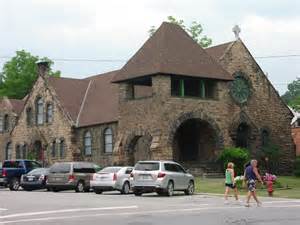
The Mount Moriah Presbyterian Church is located on the Main Street of Port Henry. Built in 1888, it exhibits the heavy, rough-cut stone characteristics of the Richardsonian Romanesque style made popular by Boston architect, H.H. Richardson. Viewing other architectural buildings in this community will surprise you.
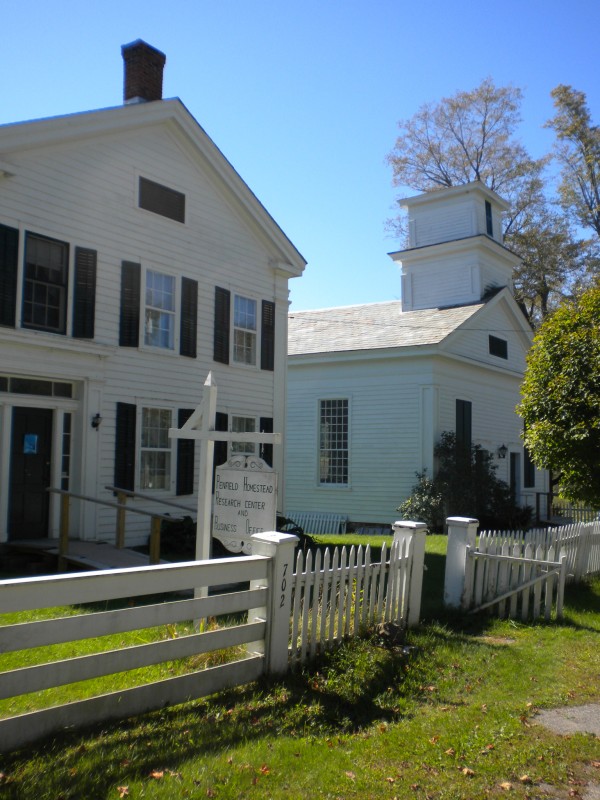
In the hamlet of Ironville, within the Town of Crown Point, the Penfield Homestead Museum is a collection of buildings from the mid-1800s that display Greek Revival, Federal and even a bit of Queen Anne style in their architecture. It is known as the “birthplace of the electrical age.” Visit the museum there to learn why.
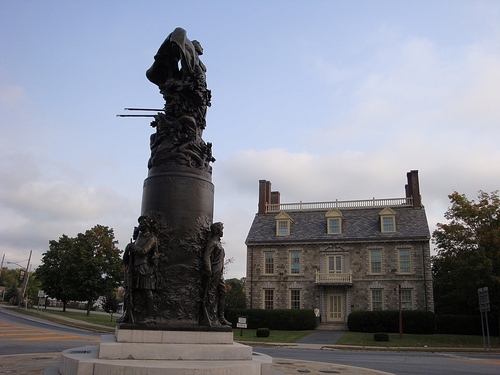
Located at Moses Circle in Ticonderoga, the Hancock House Museum was originally built by Horace Moses in 1926. It is a replica of John Hancock’s 1737 Beacon Hill home in Boston. Flanking the other end of Montcalm Street, Ticonderoga’s main street, is the Heritage Museum in the former International Paper office building. A visit there will help explain why are communities are located where they are.
Over the years we have lost some of our architectural heritage, some through neglect, some through misuse and some through progress, but we can thank AARCH for helping us to preserve what remains of Lake Champlain Region’s eclectic “Adirondack style.”

